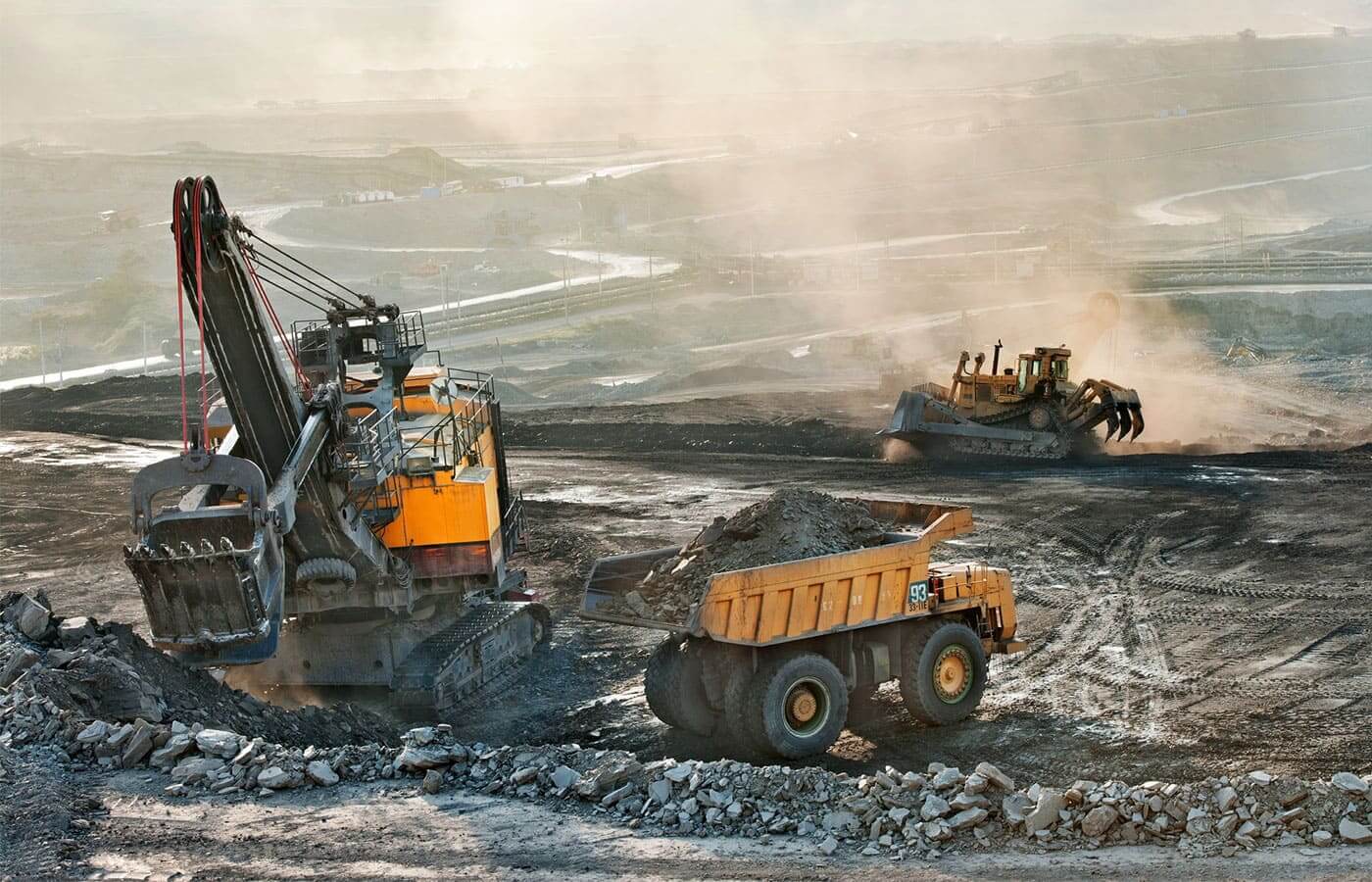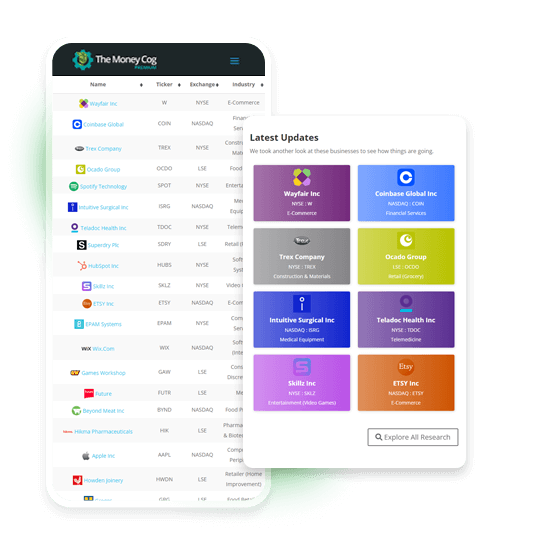Key points
- Glencore Plc’s share price is up over 32% in the past year.
- Glencore completed the acquisition of the remaining 66.7% interest in Cerrejón, a coal mine in Columbia.
- Glencore Plc returns $8.5bn in total to shareholders in 2022.
Over the last five years, Glencore Plc (LSE:GLEN) shares trading on the London Stock Exchange have climbed by almost 40%. Yet most of this movement occurred in the last 12 months. While inflation is wreaking havoc in most industries, the mining sector is enjoying the spoils of higher commodity prices resulting in impressive earnings.
In 2015, the firm ranked 10th in the Fortune Global 500 list. Presently, the company is the world’s largest commodity trader and a member of the FTSE 100 index. But can it retain its industry-leading position in the long run? And if so, does that make it a good investment today?
Let’s take a closer look at this business.
What does Glencore do?
Glencore is a global producer and marketer of commodities employing 135,000 employees and contractors worldwide. It operates as a mining company with production sites in Australia, Africa and South Africa.
Looking at its production pipeline, the company extracts and markets:
- Copper
- Cobalt (battery grade)
- Nickel
- Zinc
- Lead
- Gold
- Silver
- Coal
- Ferroalloys (Chrome, Ferrochrome, Vanadium, Manganese)
- Alumina
- Aluminium
The group also has a small collection of crude oil, refined products and natural gas projects in its asset portfolio.
In total, Glencore has over 60 mining, metallurgical, and oil-producing assets worldwide, with its headquarters located in Baar, Switzerland. Although it’s worth noting that the head office for Oil & Gas activities is actually based in London.
The business as its known today emerged in May 2013 when the original firm merged with Anglo-Swiss mining group Xstrata. And while it operated under the name Glencore Xstrata for a short stint, management opted to return to running as Glencore Plc the following year.
2022 Half-year results
As mining is a fixed-cost operation, it’s hardly surprising to hear the business has been performing well lately. The surging price of metals, oil, and gas is all positive news for Glencore shares. And its latest results show the benefits of these tailwinds clearly.
- Total revenue expanded by 43%, reaching $134bn.
- Cash flow generated from operating activities grew by 155% to $18.3bn.
- Adjusted EBIT surged by 191% to $18.9bn.
- Net earnings exploded and came in at a whopping 846% higher at $12.1bn!
The increase in net income is undeniably impressive. Although I’m doubtful Glencore can replicate such triple-digit growth moving forward.
Higher revenues supported a good chunk of it. However, approximately $1.5bn came from a gain on its acquisition of Cerrejón coal and disposal of its Ernest Henry copper projects. Furthermore, comparable figures from the first half of 2021 saw an unusually higher level of asset impairment, dragging down last year’s results.
Regardless, this surge in earnings granted enormous financial flexibility. And subsequently, management wiped out a large chunk of its loan obligations bringing net debt down from $6bn to $2.3bn. Needless to say, this is excellent news for Glencore shares.
What is the future of Glencore shares?
Today, Glencore has a market capitalisation of £65bn and yet still trades at a tiny P/E ratio of 4.75. That’s firmly below the market average of 14. So, does this mean the stock is a screaming buy right now?
Well, not necessarily. When it comes to mining stocks, it’s important to remember this is a highly cyclical industry. Today we are in a unique situation where supply chain disruptions are limiting access to resources while demand continues to grow.
But these hurdles won’t last forever, especially as higher commodity prices make previously economically unviable mining projects viable. And once supply begins to catch up, prices will naturally start to fall, taking earnings with it and pushing Glencore’s P/E ratio back up.
In other words, the low valuation multiple could signify that the stock is actually expensive – the complete opposite of what it usually indicates.
Having said that, there may still be room for growth. The company is currently operating with around $12.5bn in liquidity. And its commodity portfolio continues to be further diversified through acquisitions reducing the risk of single-asset exposure. And that does set the stage for potentially prosperous future performance. At least, that’s what I think.
Is it good to buy Glencore shares?
Before investing in any particular stock, I always like to look at the composition of share ownership, especially regarding insiders and institutions. Insiders own about 9.6% of Glencore shares, and financial institutions hold 40%. At the same time, the retail investing community owns about 44% of the Glencore stock.
That certainly signals strong financial backing from the banks. And is an opinion shared by several analysts. Of the 20 analysts following the stock, 18 have issued “buy” recommendations, with only two saying to hold. According to broker forecasts, these analysts are placing an average price target of 625.9p per share – roughly 24% higher than where they are trading today.
Considering the 52-week price range lies between 346.4p and 548.3p, these forecasts, if accurate, indicate the stock has yet to reach its highest point. Only time will tell whether they’re right.
However, the stock price growth potential isn’t the only alluring factor of investing in Glencore. As a mature enterprise, the company has a reputation for returning excess capital to shareholders through dividends and buybacks.
The dividend history of the group is quite volatile. That’s not too surprising, given it is ultimately at the mercy of fluctuating commodity prices. But excluding 2020 and 2016, the company has paid a dividend to shareholders every year since going public in 2011.
Following the explosion in earnings in 2022, a total of $8.5bn is being returned to investors through dividends, special dividends, and share buybacks. That’s quite a handsome payout for income investors.
Should I buy Glencore shares today?
No investment is without its risks. Glencore is currently thriving on the back of high commodity prices, but this will eventually end. But when prices begin to fall is anyone’s best guess. We may already be at the peak of this commodity cycle. Or it could just be getting started. Regardless of when prices do fall, earnings will follow along with the Glencore share price.
A more recent problem that’s been highlighted this year surrounds the regulatory environment. Glencore was found guilty of five counts of bribery and two counts of failure to prevent bribery across the United Kingdom, the United States, and Brazil.
A total of $1.19bn will be paid in penalties in the United States and $39.6m in Brazil. An unknown penalty still remains to be determined by the Serious Fraud Office in the United Kingdom.
Meanwhile, investigations by Swiss and Dutch regulators are still ongoing, suggesting further penalties could be on the horizon. And that potentially creates opportunities for competing commodity producers like Rio Tinto, Anglo American, and BHP Group.
It’s worth noting that these illicit activities were performed years ago under different leadership. So, I’m willing to give the current management team the benefit of the doubt. Nevertheless, continued unethical practices could severely impair the firm’s long-term growth potential.
So, with that in mind, is this a stock I’m interested in buying today? Yes. While the risks are substantial and the ethical background sketchy, the long-term demand for raw materials, especially battery metals, are predicted to be far higher than the current supply. And therefore, I am considering adding this business to my portfolio once I have more capital available.
RELATED: How to analyse drilling results
Discover market-beating stock ideas today. Join our Premium investing service to get instant access to analyst opinions, in-depth research, our Moonshot Opportunities, and more. Learn More
Prosper Ambaka does not own shares in any of the companies mentioned in this article. The Money Cog has no position in any of the companies mentioned. Views expressed on the companies and assets mentioned in this article are those of the writer and therefore may differ from the opinions of analysts in The Money Cog Premium services.





